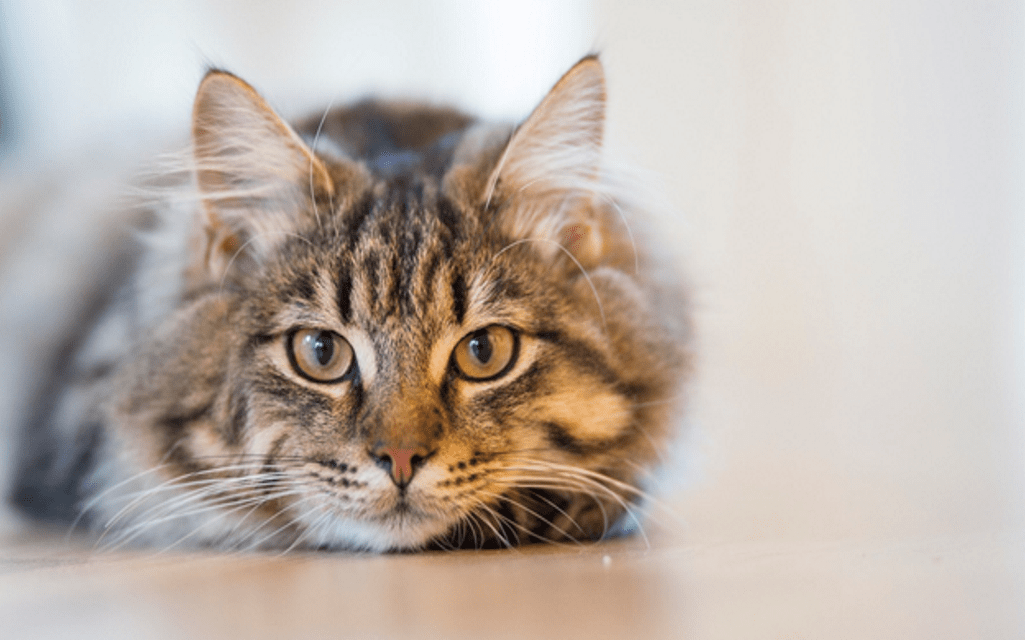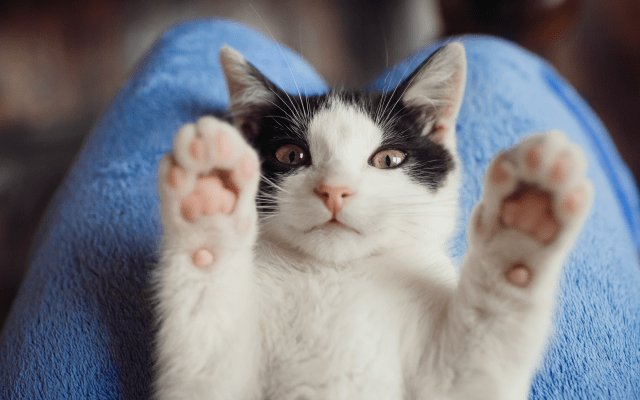Cats are not known for their clear displays of ailments if they have any. They tend to hide their illness until it gets out of control. They are vulnerable to a few conditions, and all of them have distinct symptoms. The first step in treating the sickness is finding out the cause behind it. There are more than five different kinds of stomach infections. If your cat catches one of these; she will need to be taken to the vet. The treatment includes antibiotics and other prescription medicines. A stomach infection can be very harmful for the health of a cat, and if left untreated it can lead to serious complications and the treatment also includes Pet Friendly Paws Plus for cats. That is why is extremely important to take the sick cat show a vet before her condition worsens.
A stomach infection can manifest itself in a number of symptoms and signs. Apart from lethargy, here are 5 symptoms of stomach infection in cats:
- Vomiting
- Diarrhea
- Abdominal pain and tenderness
- Loss of appetite
- Fever
If your cat is displaying any of the above-mentioned symptoms, then there are four stomach infections that can be responsible for it.
Salmonellosis
This disease is caused by a bacterium which is capable of infecting mambos, reptiles, birds, and sometimes insects. In cats, this bacterium usually transmits through the oral fecal routine and by consuming water or food contaminated with this bacterium. It can also be transmitted through under cooked or raw meat, poultry or infected free like birds or rodents. The symptoms of Salmonella appear within a week, and they include watery diarrhea with mucus or blood, abdominal pain, gas and vomiting.
In severe cases, cats can develop conditions like chronic diarrhea or be asymptomatic from this infection. If this bacterium manages to move beyond the walls of the intestine, and get mixed into the bloodstream, it can lead to a fatal condition. This can cause high fever, weakness, serious dehydration, and sometimes the animal will go into a shock.
Cat breeds who have other conditions, live in crowded spaces, have a weak immune system, are under stress can also develop this illness. To diagnose this disease, fecal culture or blood culture are used.
The treatment of Salmonella bacteria includes fluids for hydration, antibiotics, supportive care depending on the seriousness of the infection. However, in case of mild infection, antibiotics are not recommended as it can lead the bacteria to develop a resistance for the medicine. It can also turn the cats into carrier animals, who can then contaminate their environment with this bacterium.
This is a zoonotic disease, which means humans can get infected from it too. Cat owners need to be extremely cautious when treating or handling cats infected with this bacterium. Proper hygiene and cleanliness are the keys to preventing this infection to spread into humans. Even when the symptoms are gone, proper hygiene measures need to be carried out to curb the risk of re-infection.
 Campylobacteriosis
Campylobacteriosis
Cats can catch this disease from Campylobacter jejuni bacteria. The highest ratio of stomach infections caused by these bacteria are seen in cats who are less than 6 months old, cats found in shelters or the cats with compromised immune system. Sometimes, the healthy cats can have these bacteria without displaying any signs. This disease develops within a week, and the first symptoms are decreased appetite and diarrhea. This infection is also transmitted through the oral fecal routine like Salmonella.
If a cat is asymptomatic, there are chances that she you will be shedding the bacteria for a while through her fecal matter. This infection is diagnosed by taking the sample from the rectum of the cat or feces culture. The treatment procedure is very much similar, as in the case of Salmonella with supportive care, fluids and if the infection is serious, antibiotics. It is also a zoonotic condition and is known to be responsible for causing diarrhea in humans.
Clostridiosis
The bacteria responsible for this infection are Clostridium perfringens. They are found among the bacteria present in the gut of animals, but some cats are predisposed to illness causing infections. Since they are already present in the stomach, they can produce a toxin, which can cause diarrhea riddled with mucus or blood, and in some cases chronic diarrhea.
These bacteria are in the shape of ‘safety pins’ and can be observed upon examination of fecal matter. The treatment for this infection includes feeding a cat fiber and antibiotics.
Helicobacter
There are a number of species of this bacterium. These bacteria are found in the stomach of mammals, including humans and cats. They are present in the deepest layers of the stomach, away from the acidity in the gut. This infection can cause gastritis, loss in appetite, weight loss chronic vomiting and pain in the abdomen. Research is being done to determine if these infections are also linked to inflammatory bowel disease, ulcers, food allergies or stomach cancer.
The diagnosis of this infection is through a biopsy of the stomach. As for the medication, it requires different types of antibiotics and antacid meds.


 Campylobacteriosis
Campylobacteriosis
